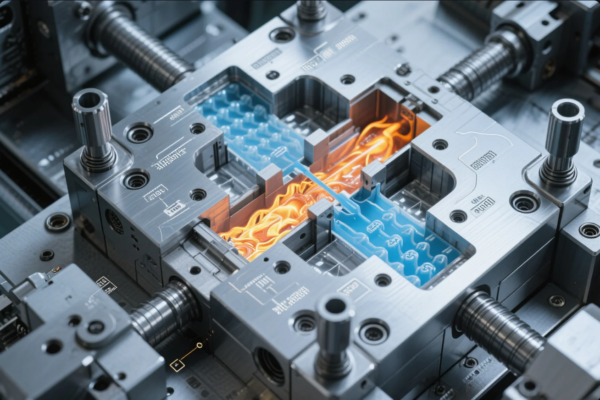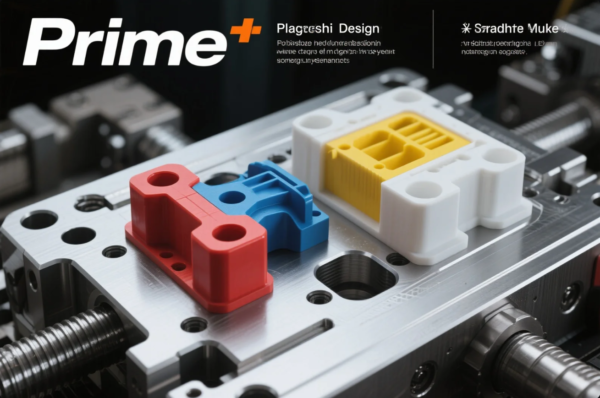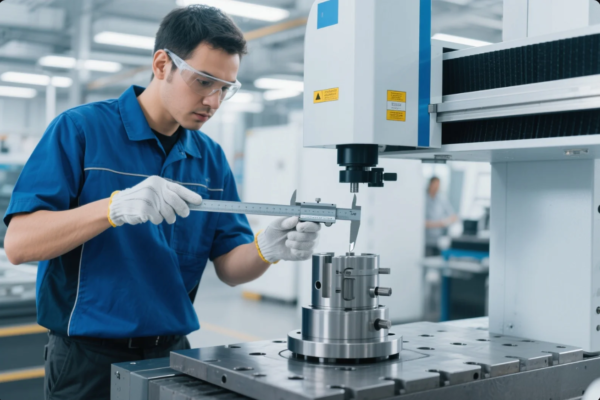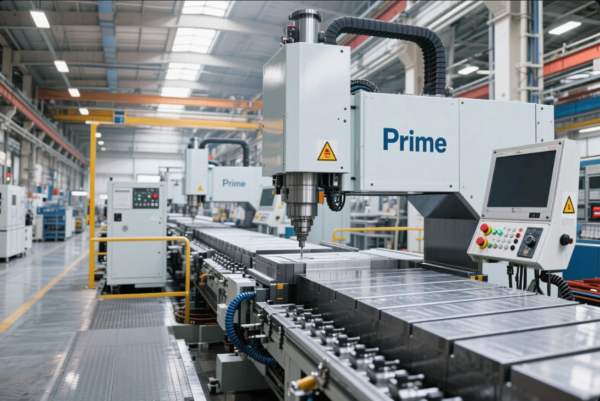What is the round end of a hammer for?
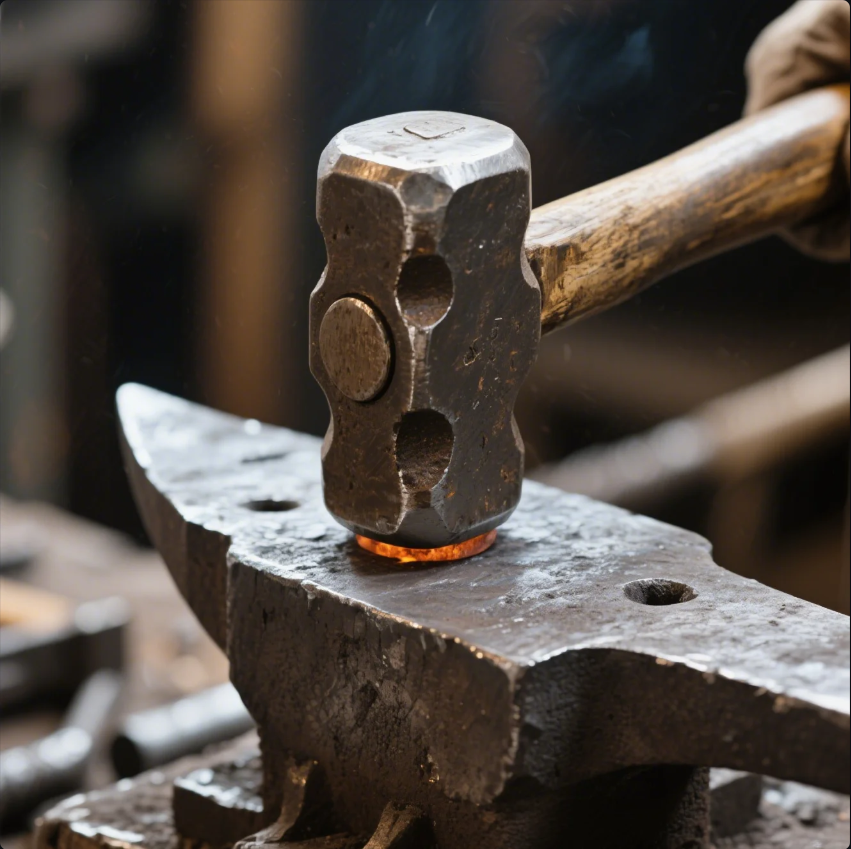
Many metalworkers and DIYers see the round end of a hammer but never fully understand its purpose.
The round end—called a ball peen—is used for shaping metal, peening rivets, and smoothing sharp edges.
Using it correctly increases control in finishing tasks and light shaping processes.
LOOP_START
What is the ball end of a hammer for?
Most assume it’s just decorative—but it has real engineering purposes in metalwork and maintenance.
The ball end is used for rounding metal edges, expanding rivet heads, and peening surfaces.
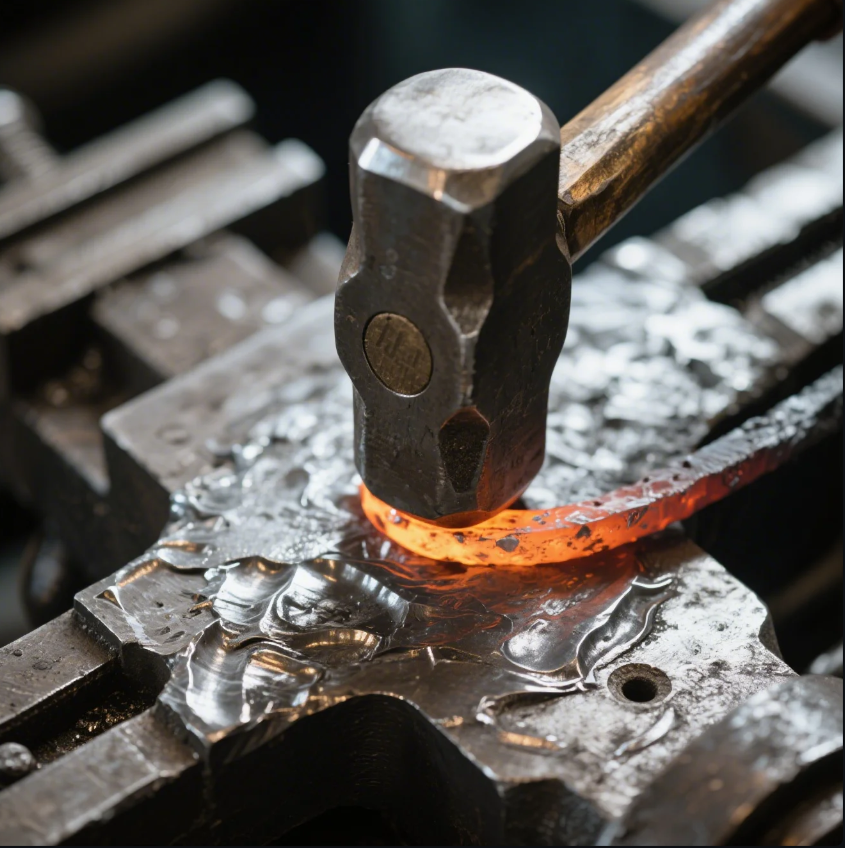
Small Tool, Big Role
I’ve used the ball end while finalizing custom brackets sourced from forging parts manufacturers. It helped clean edges without leaving tool marks.
Typical Ball-End Uses
| Task | Function of Ball End |
|---|---|
| Riveting | Expands and flattens the rivet head |
| Smoothing sharp metal | Light hammering of edges |
| Decorative shaping | Creates small domes or patterns |
| Metal fatigue control | Peening increases surface durability |
Clients who source CNC-finished forging blanks often use ball peens in their in-house adjustment work.
LOOP_END
LOOP_START
What is a rounded hammer for?
A rounded hammer isn’t just a blacksmith’s flair—it serves a precision function in forming metal.
Rounded hammers, like rounding hammers, are used for shaping, drawing, and creating curved surfaces on metal.
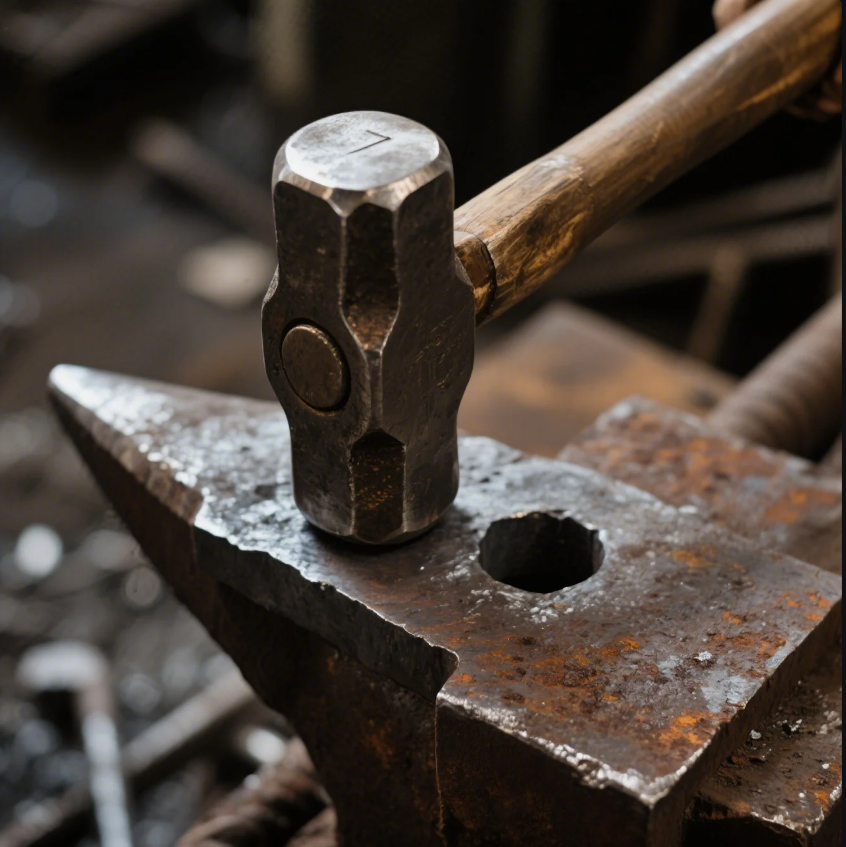
Smoothing the Way in Metalwork
When I worked with a client in aerospace, we needed to pre-form panels for custom aluminum CNC components. The rounded hammer allowed us to mold curves without thinning the edges too much.
Common Uses of Rounded Hammers
| Application | Reason for Rounded Face |
|---|---|
| Curved metal shaping | Prevents stretching and tearing |
| Flattening uneven edges | Smooth finish with reduced marks |
| Initial forming steps | Distributes force over wider area |
We often recommend these hammers to clients developing precision-forged parts that require light post-processing.
LOOP_END
LOOP_START
What is the purpose of a ball point hammer?
Often overlooked, this hammer is built for more than just hitting things—it enhances metal’s durability.
The ball point hammer is mainly used for peening, which strengthens metal surfaces and rivets.
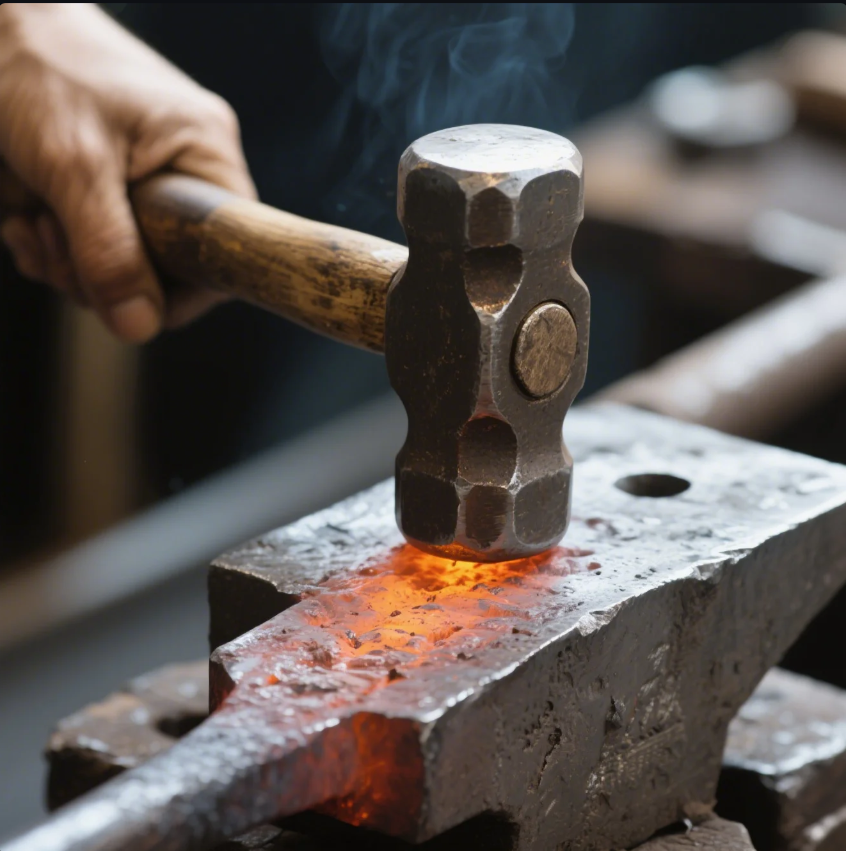
Peening = Strength + Form
While developing heavy-duty brackets for a construction fastener supplier, we used ball peen hammers to finish rivets and work-harden the metal near stress zones.
Peening Benefits
| Effect | Why It Matters |
|---|---|
| Stress distribution | Reduces risk of cracks |
| Surface hardening | Improves fatigue life |
| Rivet head finishing | Ensures flush, tight fit |
At Prime, we recommend peening techniques to clients who need durable ISO-certified fasteners for high-stress applications.
LOOP_END
LOOP_START
Why are hammer heads rounded?
Many assume the shape is for looks, but every curve has a functional reason.
Rounded hammer heads distribute force more evenly and reduce marring on metal surfaces.
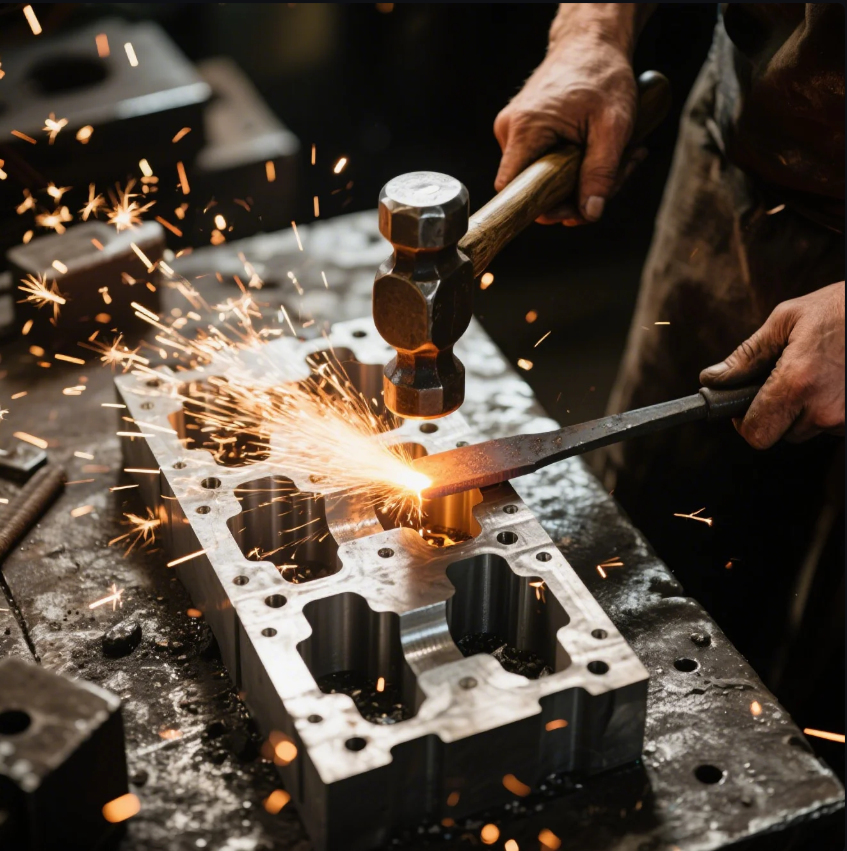
Design That Protects
I’ve used flat-faced hammers and left gouges in soft metals. Rounded heads let me strike confidently—especially during finishing touches on custom stamped parts.
Functional Reasons for Roundness
| Benefit | What It Helps With |
|---|---|
| Reduced surface marking | Gentle force spread |
| Better control on impact | Less slipping and skidding |
| Smoother shaping | Creates gradual curves, not dents |
This shape is key when our clients do follow-up work on CNC-finished or semi-forged products, especially in metal casings or tool parts.
LOOP_END
结论
The round end of a hammer is a versatile tool for peening, shaping, and finishing metal safely and effectively.
Need guidance on the right hammering tools or custom metal parts? Get in touch with Prime for a fast quote, expert consultation, and tailored forging solutions. With ISO-certified production and 10 flexible lines, we’re your trusted B2B supplier for all industrial hardware needs—delivered on time, every time.

